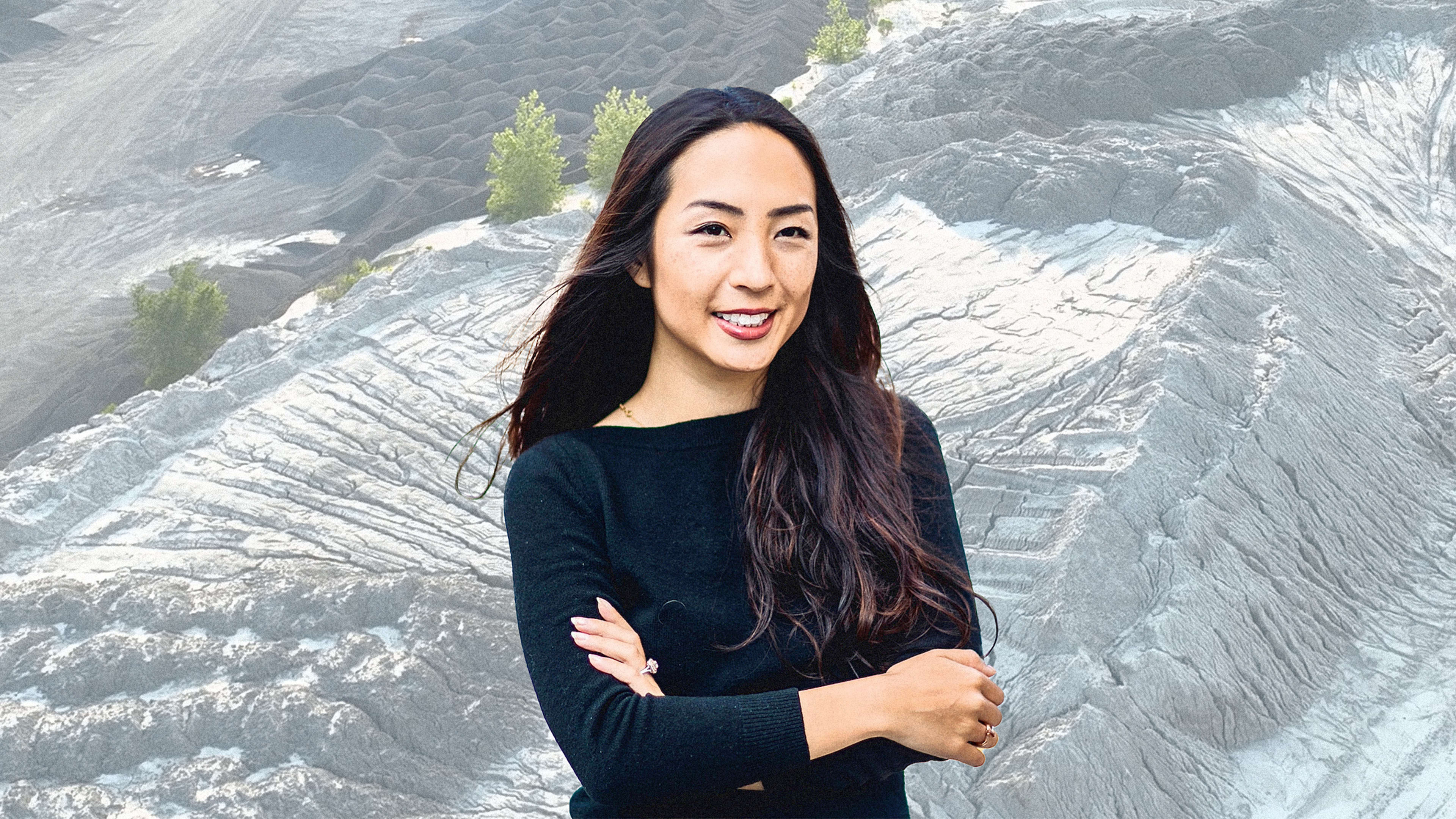As a growing number of people decide to switch careers to work on climate change, we’re running a series of interviews with people in climate-related jobs about their day-to-day work. Below is our conversation with Mary Yap, who left a career in consumer software to study earth science at Yale and then partnered with scientists to launch a company called Lithos. The startup spreads crushed rocks from quarries onto farms, where it helps capture carbon and improve crop yields. Lithos aims to scale up fast enough to capture 1 billion tons of CO2 this decade.
The interview has been lightly edited for length and clarity.
Fast Company: You originally worked in the tech industry, jumping into that world early, when you were 18. When did you decide you wanted to work on climate change instead?
Mary Yap: After about six years in consumer software, in 2016, I went through a personal crisis—it was a pretty tough year where I lost a couple of close friends in separate accidents. They were really young, my age, both about 24. I think when something like that hits you and you’re young, you immediately realize our time here is not guaranteed. Suddenly, it just became crystal clear that if I was hit by a bus in two years, I didn’t want to have worked on consumer software for the rest of my life.
It was pretty hard leaving a job that I loved and a company that I helped build. My mom thought it was a little crazy. But I knew in that year that I wanted to focus the rest of my life on climate change. I didn’t know how to make a tangible, scalable, lasting impact on climate change, and I wanted to find out.
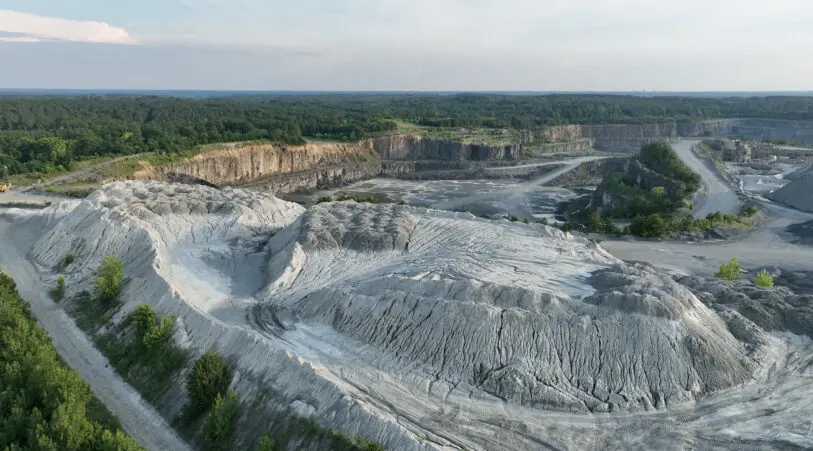
FC: You went back to school at Yale to study earth and planetary sciences. How did you become interested in working on enhanced rock weathering?
MY: I had explored so many different potential angles for tackling the climate crisis, and I kept coming up across wall after wall, like, no, this particular thing isn’t scalable. Or it’s not very quick. I also realized that a lot of it was very nascent as well. There was no clear winner, no clear path. The things that have always mattered to me, whether it’s consumer software or climate, are how do you make a scalable impact and a measurable impact?
I met a professor, Noah Planavsky at Yale, who was researching [enhanced rock weathering]. One of the things that was really exciting to us was the fact that you’re able to scale permanent carbon removal without needing to build heavy machines, so you can scale it immediately. Second, you’re providing a lot of co-benefits that can help decarbonize agriculture and feed the world. We can actually improve crop yields and improve soil health. I was excited because coming from a consumer software background, you want to build something people want, love, and need. There was a clear market and audience here: the farmers.
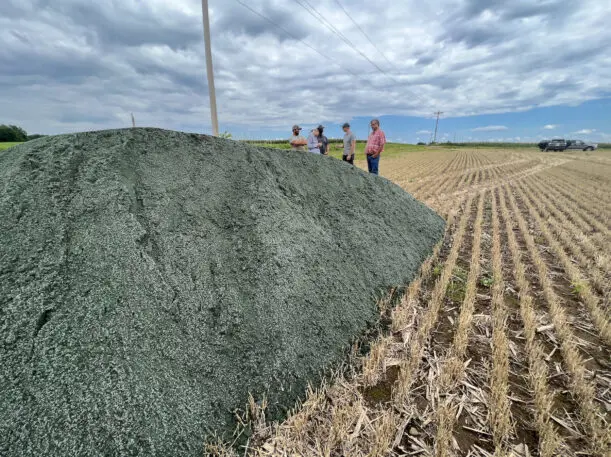
FC: What were the steps you took from thinking, This is interesting to Okay, now I want to turn this into a business?
MY: To turn something into a business, you need a lot of different things to line up, and any entrepreneur will tell you that. For me, it was rolling up my sleeves and trying to get a firsthand look at what it might take to build this kind of business that I hadn’t seen before. Software is just super different. One step was trying to figure out if you can build the right sort of supply chain for this. So I actually called all the quarries that I could find in a specific area of the U.S. we know is good for enhanced weathering. That took me a few months, but I got in touch with quarries that have millions and millions of tons of this waste by-product just sitting around. That was the first step.
Second, I spoke to a lot of farmers and also folks who work in ag tech. I interviewed the founders of a bunch of different fertilizer companies to better understand: How do you work with large-scale American farmers? How do you deploy things at scale? What’s the timeline for development of a fertilizer company, even though that’s not what we’re building? It was just getting myself more familiar with that. And then honestly, from there, it was just taking it step by step—calling truckers, getting things delivered, finding our first commercial farmers, getting the research in place, and making sure that were ready to scale that. And then raising a round and building a team.
FC: What did the user research look like?
MY: I spoke to dozens and dozens of farmers. They’d never heard about this before. They use rock dust, but a totally different rock dust. [Agricultural limestone is used to deacidify soil.] Just talking them through it, I probably spent 50 hours on the phone with farmers—not exactly pitching them, but learning about their fields, learning about their operations, learning about how we could slot in, and taking the learnings I had from those fertilizer founders and trying to roll that in. I think that was when I was like, Okay, I actually want to double down. I think that this has legs.
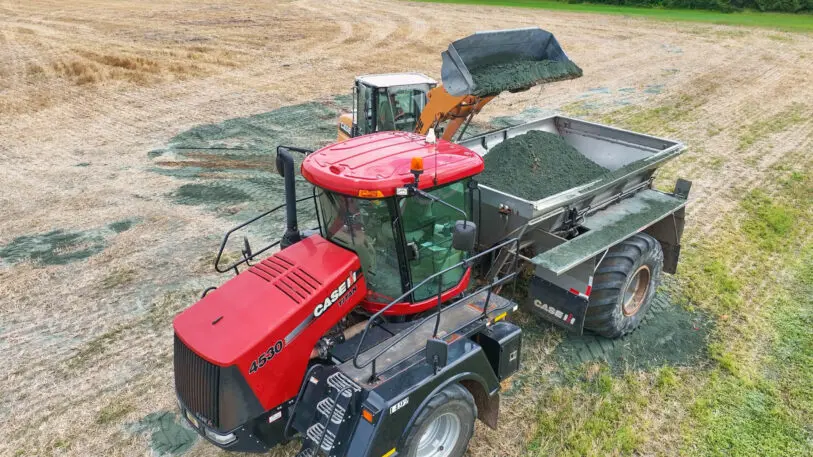
FC: What does a typical day look like for you now?
MY: The days are always a little bit different. I might have a call at 4 o’clock in the morning from a farmer or trucker saying “I need to postpone a delivery of the rock dust. Can you help me?” Usually I’ll be volume planning with our quarry partners, figuring out infrastructural improvements and how to scale up this waste dust that they’ve never really transported before. Then we might have a team meeting where we’ll be reviewing the latest data on the carbon we’re capturing—how it’s working in different kinds of soil types and crop types. I usually meet with the science team in the late afternoon, reviewing the farmers in their pipeline and optimizing their fields for weathering.
Every day, I also have one-on-one meetings, and we’ll be thinking about How can we be more effective? How can we focus better and cut down on the extra actions that we’re taking operationally? We’re a small team—we’re nine folks, and only about a year old—so there’s a lot of prioritization that needs to happen. It’s so important, especially in a remote, post-COVID world, to stay in close touch, make sure we’re always on top of things, make sure we’re on the same wavelength.
FC: How often do you get to visit farms in person?
MY: I think every single month I’m visiting farmers in person, and our quarries. It’s incredibly important because we’re so early and each farm is so diverse. Even if they’re both growing soybeans in the same county, the ways that they farm are different, and that impacts how the carbon capture happens. We love to learn from them. We love to sort of see how they’re evangelizing the practice in their community. You get to talk to a farmer and he’s like, “I think I’m gonna capture 100 American households’ annual emissions this year.” He’s really, really proud of that. And it’s so cool to see the farmers feel like they’re part of the climate solution. We do that every single month, and some of my team members are out there even more frequently.
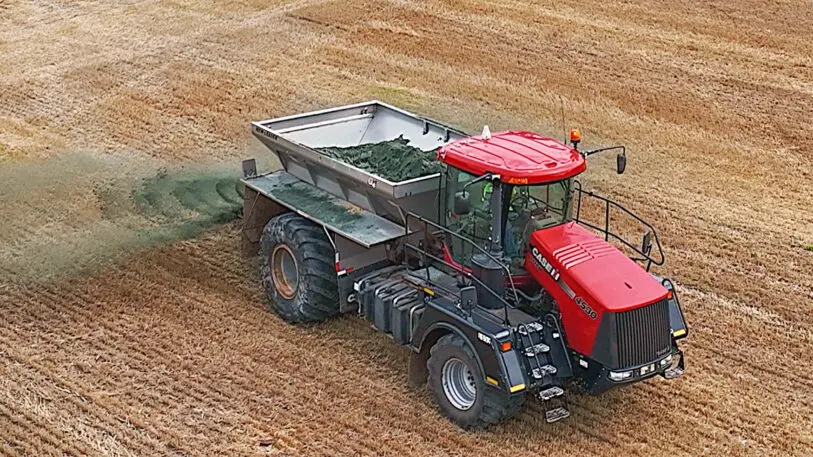
FC: One of the challenges in carbon removal is measuring how much carbon has been captured. How are you working on that?
MY: I think that it’s absolutely critical for us to build a credible carbon market and for us to be very transparent and open and accountable for the work that we’re doing. And so MRV [measurement, reporting, and verification of carbon credits] is honestly where our science team spends almost all their time. We have done our research for close to a decade in partnership with different academics and universities. [The company spun out of long-term research that Yap’s cofounders had done.] But I have to say that when you’re doing stuff in an academic realm, you validate on 5- to 20-acre plots. It’s very different from figuring out how to do it commercially. So there’s still work being done today. We’re really excited to be peer reviewing and publishing the work that we’re doing, so we’ve got some papers coming out.
FC: Are you selling carbon credits now?
MY: Yes, we’ve already sold carbon credits. Our first purchaser was Frontier, the $1 billion advance market commitment. We have other purchasers, the usual suspects, that we’ll be announcing as well. We actually have so many farmers on our waitlist that it’s almost like we can’t deploy fast enough. We have some carbon credits that are available for the upcoming deployments that are happening across the summer and fall. We’re aiming to be at maybe 100,000 tons [of CO2 removed] in the next year or so. [The company currently works with more than 75 farms.]
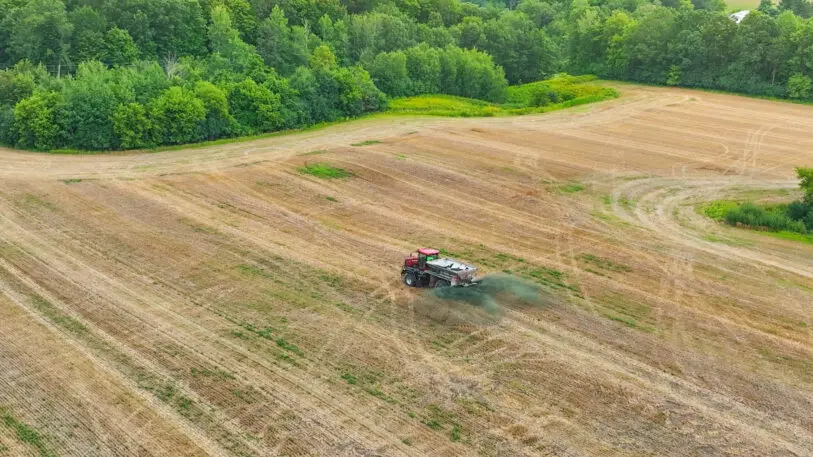
FC: Do you have any advice for other people who might be interested in pivoting into climate tech but maybe don’t have a science background?
MY: It’s totally fine if you don’t have a science background. I think that the most important thing is to be curious and to be rigorous. I would say learn to read science papers. You don’t need to know every single chart and graph in detail, but get a sense for things like uncertainties or downstream impacts. . . . Just being curious and being eager to learn is a significant thing.
It’s really helpful to network and bring your own fresh insights to the conversation. I often say there’s no playbook for success in climate—nobody’s solved climate change before, right? So we all bring our own perspectives and experience there. I think it’s really important to lean in. Roll up your sleeves. Learn things that are not going to be online, and talk to people. Talk to the farmers, talk to the quarries. Be eager to learn. There’s incredible richness of information in human networks that is not online yet. Go out there, learn about the industry you’re excited to learn about, and lean in.
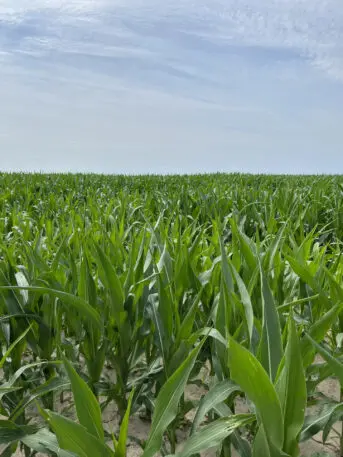
FC: The scientific reports about climate change are bleak. How can people stay optimistic about tackling the challenge?
MY: I think it helps to make the problem smaller. Don’t focus on the whole thing at once—the human brain cannot comprehend that. It’s so powerful if we each carve off little parts of the problem that we feel uniquely positioned to solve, and tackle that. There are amazing entrepreneurs who are focusing on decarbonizing and reducing emissions. There are amazing folks who are trying to focus on carbon removal. And I think that we need to work together.
A perspective that I like to take is to be a short-term pessimist and a long-term optimist. We are incredibly convinced and incredibly confident that we can tackle the climate crisis, at scale, if we take on the hard problems first. I think there’s a sequencing thing here. Everything is honestly hard when you’re scaling it. So be a pessimist and get all the details right when you’re in execution mode. But in the long haul, that is actually what will help us tackle the climate crisis.
FC: Is there a book you’d recommend to people interested in this space?
MY: There’s one that I like to recommend to my friends when they’re climate-curious, which is How to Build a Habitable Planet by Charles Langmuir [and Wally Broecker]. It’s great. It’s an impeccable scientific account of the origin of the Earth—how habitability came about. It’s the perfect intro and actually fun to read. It’s a great way to get a good fundamental understanding of what the levers are.
Recognize your brand’s excellence by applying to this year’s Brands That Matter Awards before the early-rate deadline, May 3.
